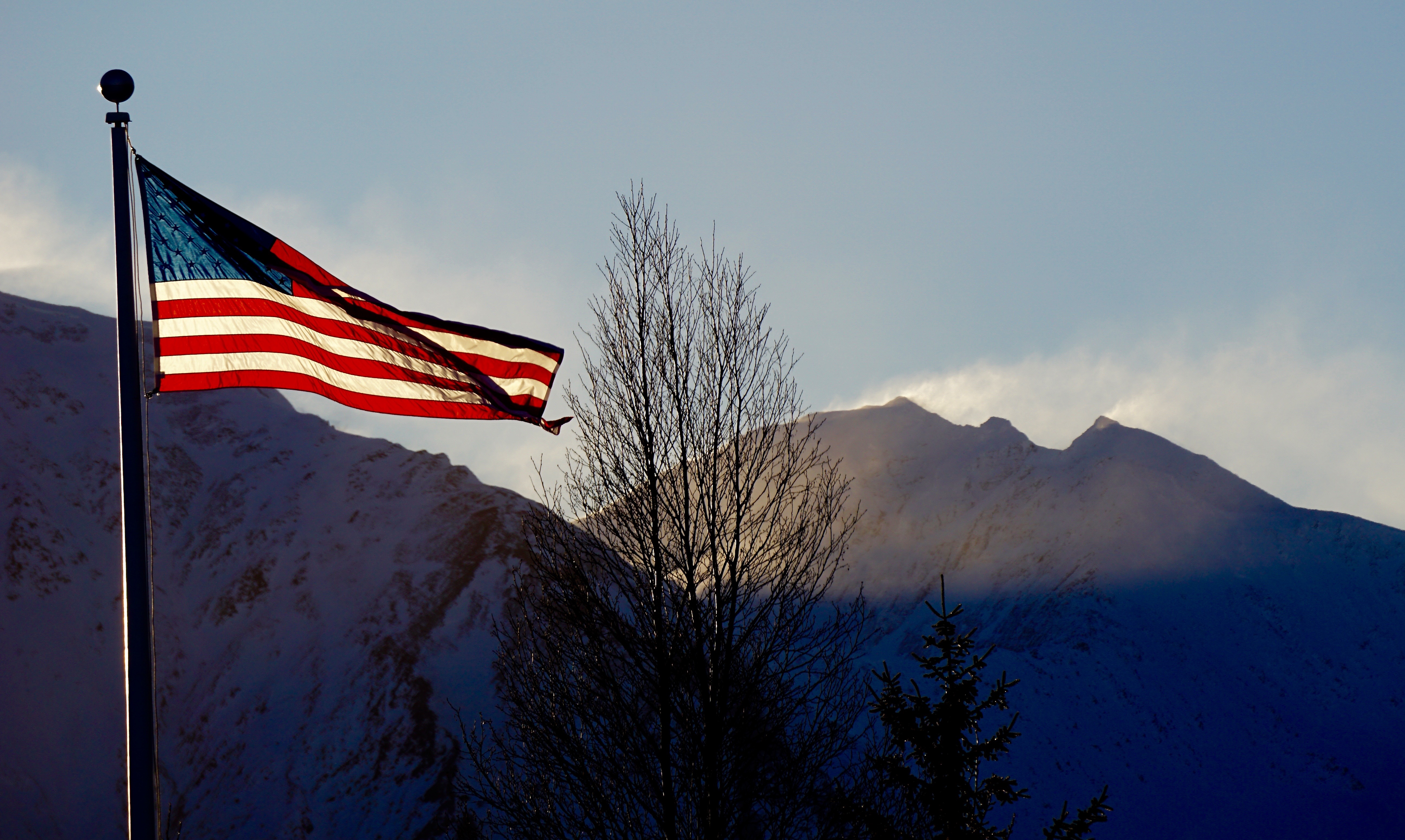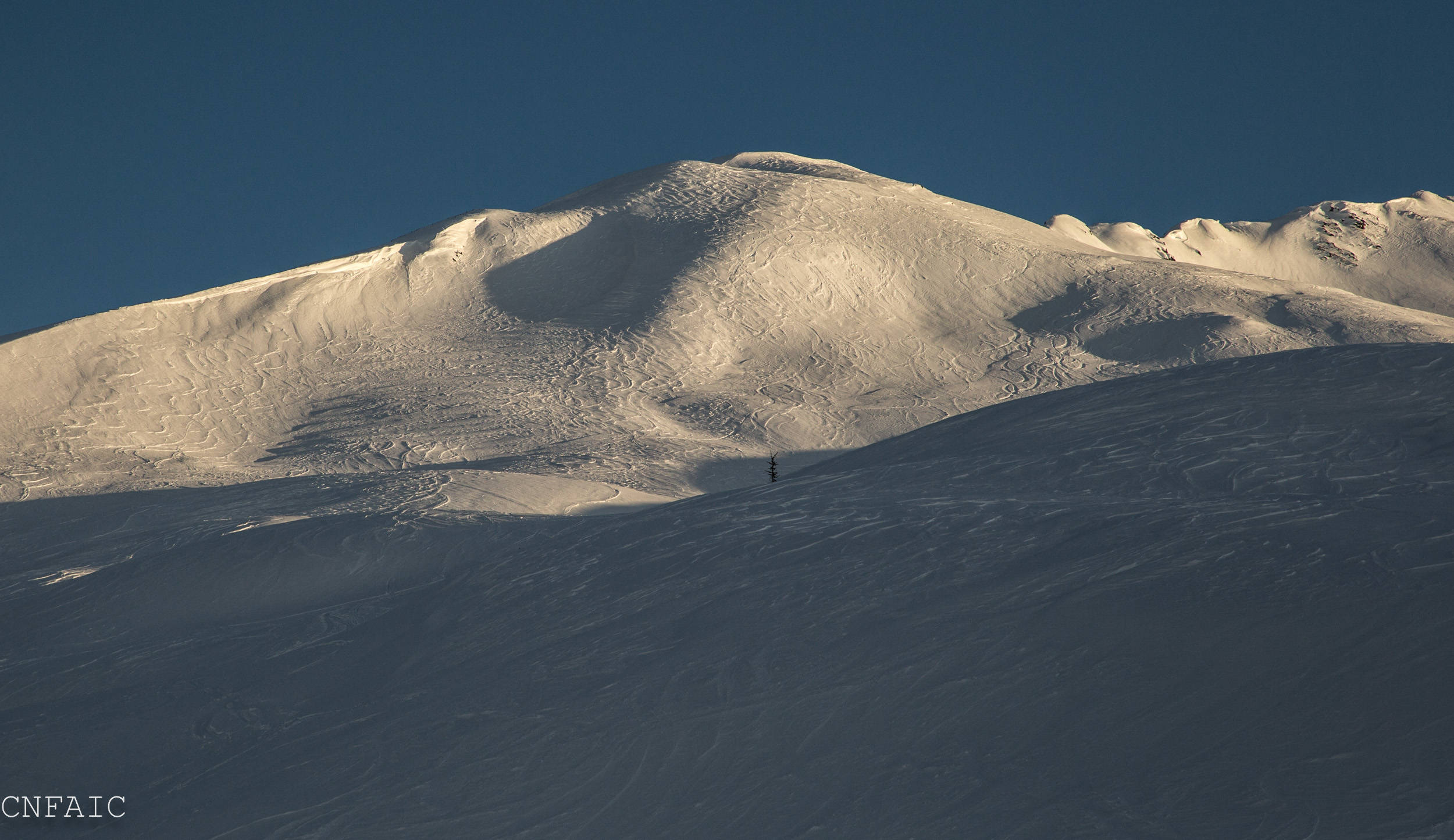Turnagain Pass
|
|
There is a MODERATE avalanche danger today in the alpine and treeline elevation bands where triggering a hard wind slab will be possible on steep, unsupported slopes. Above 3,000′ deep slab avalanches are still a possibility given the poor structure that we know exists high in the alpine. If you decide to venture out, cautious route finding and conservative decision-making will be key today given our current avalanche concerns.
There is no hazard rating below 1,000′ due to a lack of snow.
**Click HERE for the Summit Lake Summary posted yesterday.



